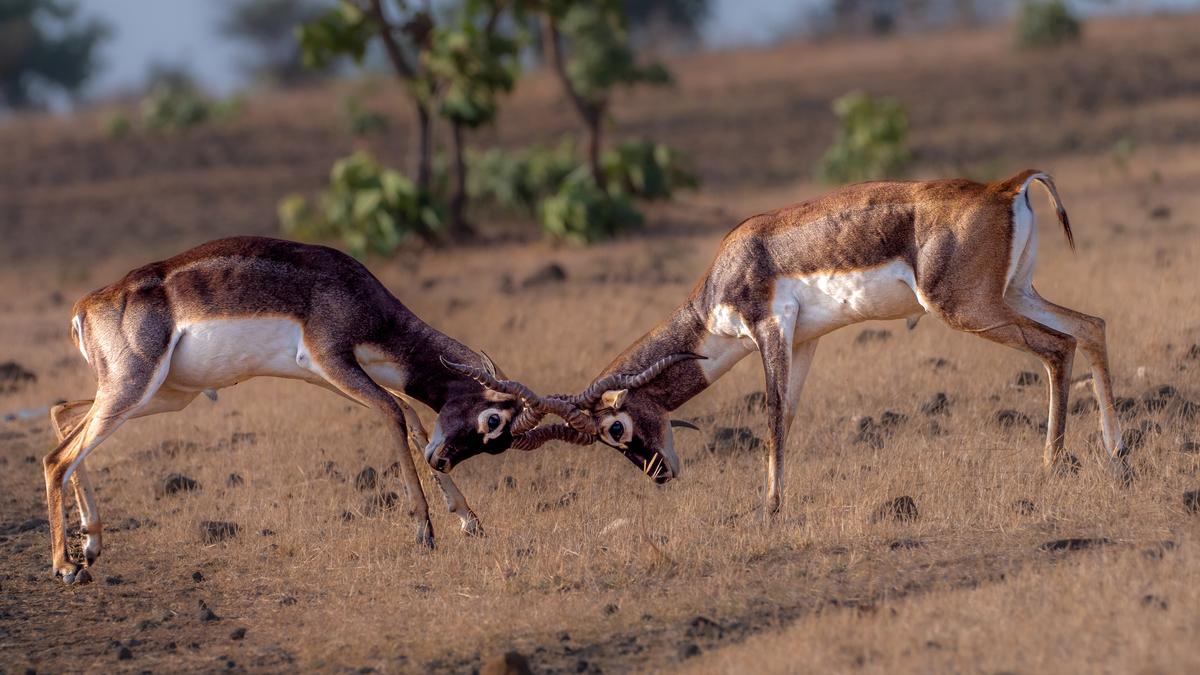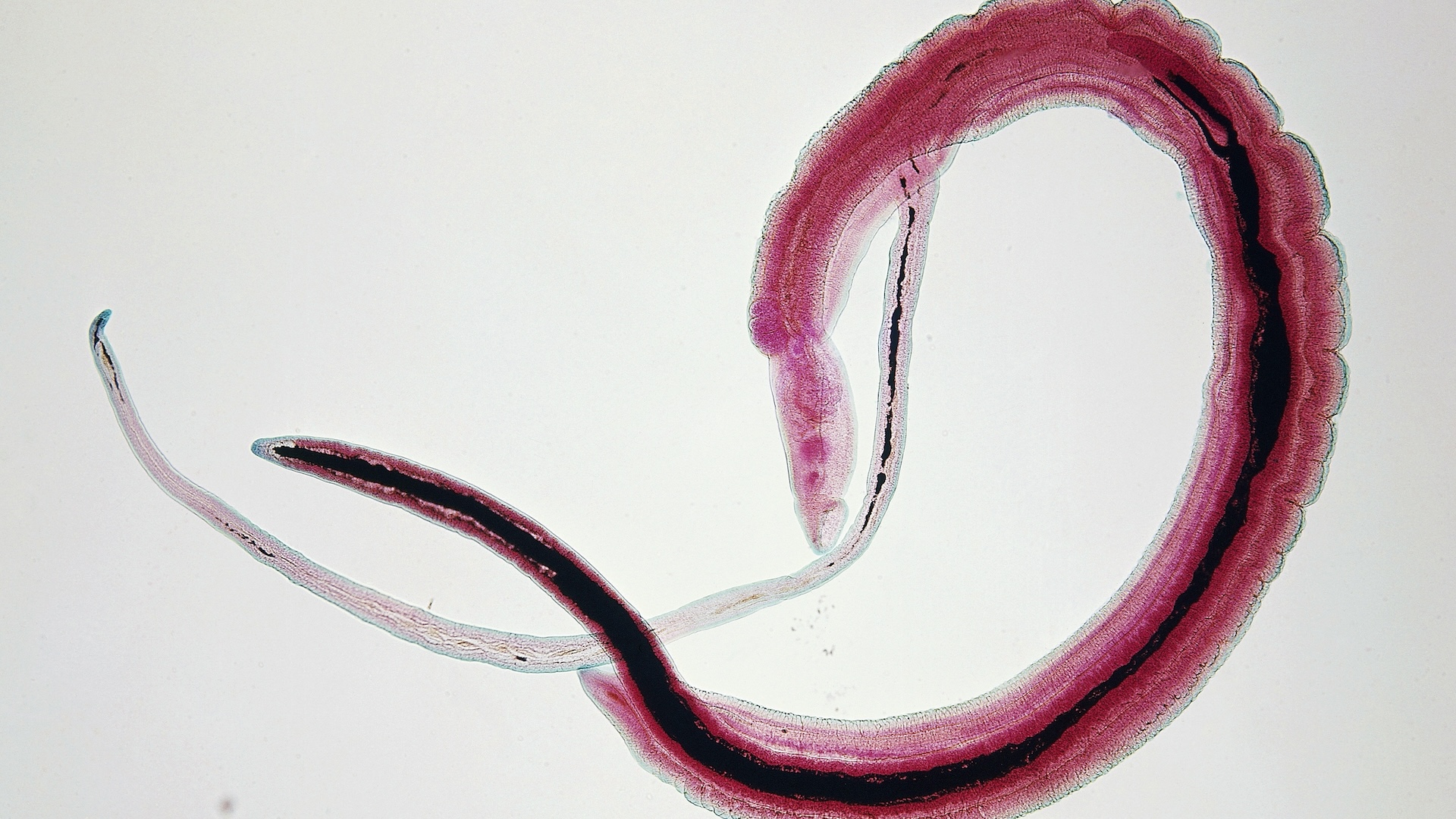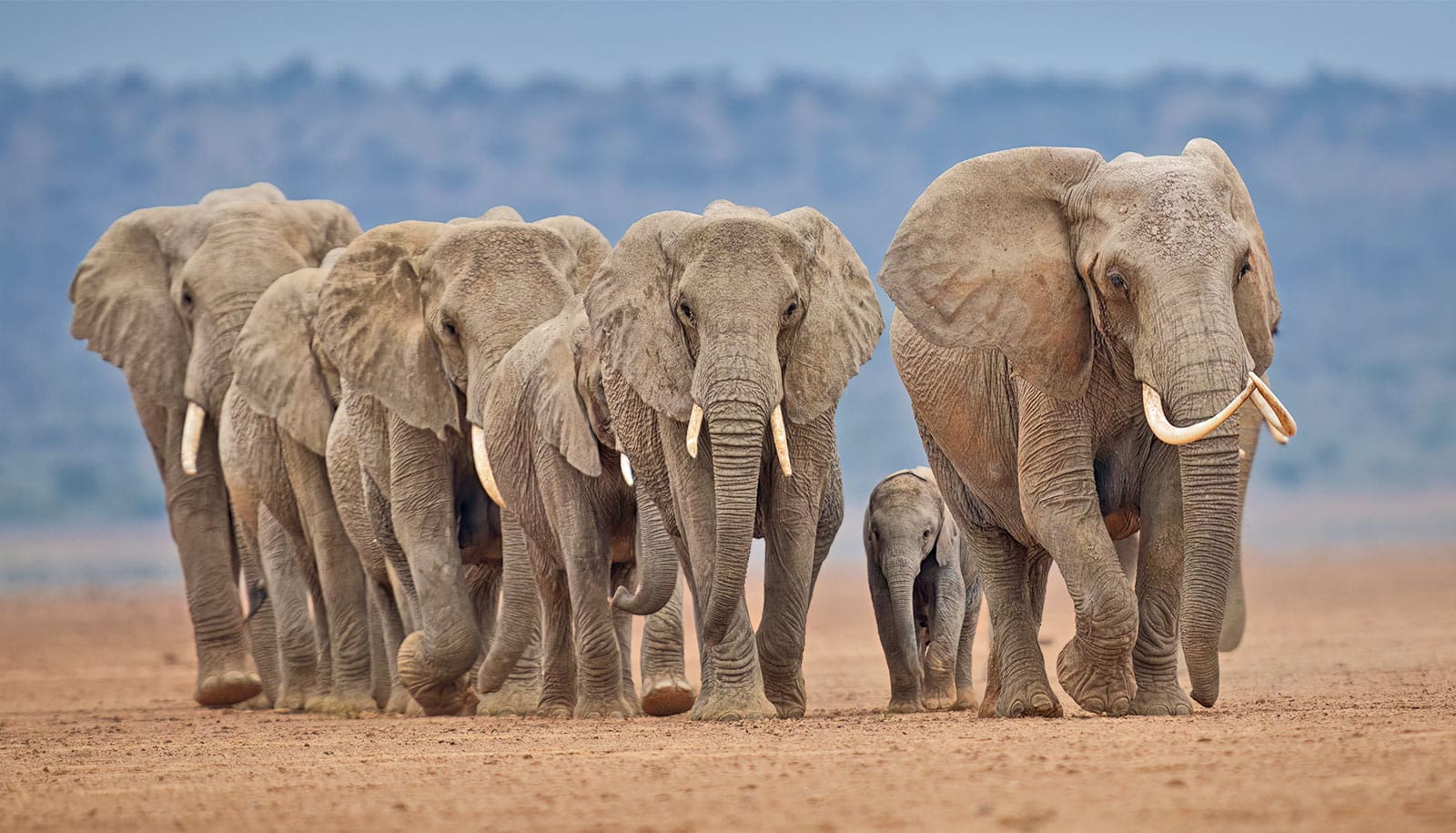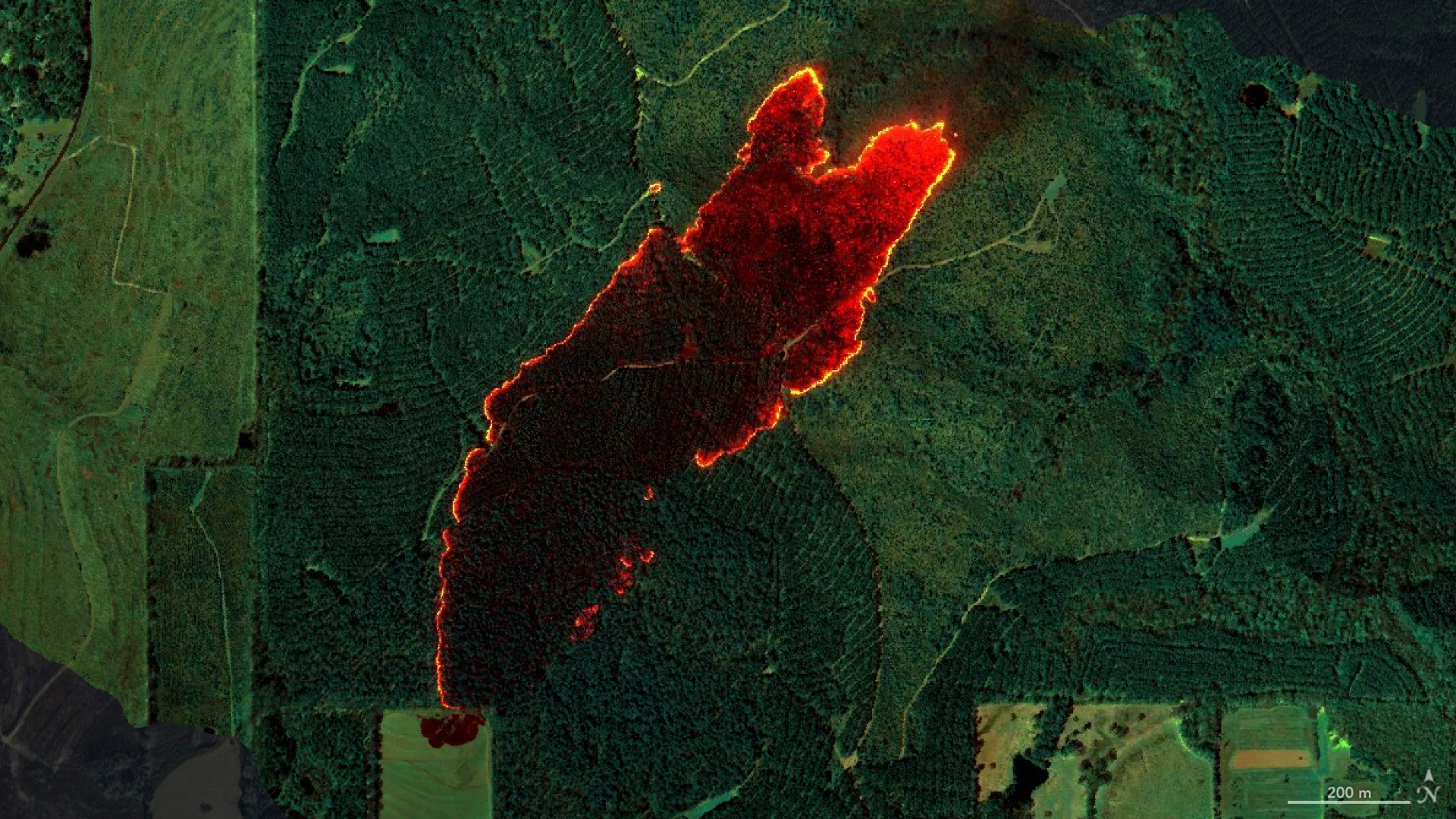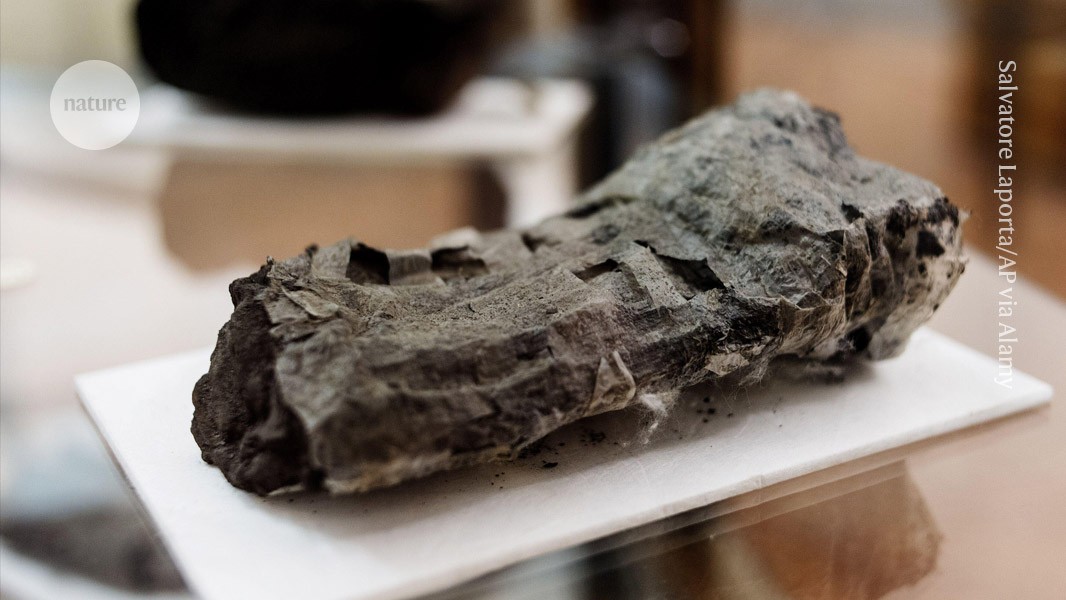Rattlesnakes may evolve specialized venoms
Long-held biology theories could be in jeopardy with the new findings. The post Rattlesnakes may evolve specialized venoms appeared first on Popular Science.

A longstanding theory in evolutionary biology is that venomous predators like rattlesnakes often develop complex venoms in order to immobilize the widest variety of prey. The more ecologically diverse a location, the more likely it is that native rattlesnakes will feature a stew of deadly hemotoxins designed to keep their prey from escaping, disrupt blood clotting, and break down tissues. But recent fieldwork at a cluster of islands in the Gulf of California appears to challenge this widespread assumption. According to a study published April 23 in the journal Evolution, some vipers are producing venoms containing fewer and more focused toxins, despite living in extremely varied environments.
Researchers from the University of South Florida’s Department of Integrative Biology recently hopped across 11 uninhabited islands in the Gulf of California, the expansive inlet located between Mexico’s state of Baja California and the country’s northwest mainland coast. While there, a team led by assistant professor Mark Margres camped along the beaches and waited until dusk for temperatures to cool enough for rattlesnakes to emerge. Ultimately, Margres and colleagues collected venom from 83 rattlesnakes, some as large as four-feet long.

covered collection cup, after which it is safely released at its original capture site. Credit: Ricardo
Ramírez Chaparro Jacobo Reyes Velasco
“The Baja California islands are pristine and largely untouched by human activity, making them an extraordinary place to study evolutionary processes in isolation,” study co-author and doctoral student Samuel Hirst said in a statement.
Like many evolutionary biologists, Margres and Hirst assumed the larger islands’ biodiversity would result in more complex rattlesnake venoms designed for a wider range of prey.
“However, we found the opposite pattern,” said Hirst.
Subsequent analysis of the venom trove revealed that the islands with more competition and space were home to more specialized rattlesnake toxins. This led researchers to theorize that when competition is reduced, venomous predators may actually evolve concoctions better suited to specific prey. The new revelations may soon help experts better understand how species evolve in increasingly fragmented natural environments.

analyzed at the Chemical Purification Analysis and Screening (CPAS) Core Facility at the University of South
Florida (USF). Photo credit: Ricardo Ramírez Chaparro Jacobo Reyes Velasco
“Habitat fragmentation is like breaking apart a completed puzzle. A healthy, intact ecosystem is like a 1,000-piece puzzle where every piece is in place—you can clearly see the full picture,” said Margres. “But when you start fragmenting it, pieces go missing or get rearranged, and the image becomes distorted. That distortion represents the disruption of ecosystem function.”
The study’s implications go beyond Earth’s last remaining untouched wildernesses. Humanity’s rapid, unprecedented changes to ecosystems around the world are upending millions of years of evolution for countless species. By reducing biodiversity, humans may not only be altering population counts and food chains—we may be forcing species like rattlesnakes to adapt on a molecular level.
Moving forward, Margres’ team hopes to continue exploring how island systems influence habitat fragmentation and genetic diversity. They also intend to test how well existing antivenoms work on the rattlesnake venom collected from the Gulf of California vipers.
“This isn’t just about rattlesnakes—it’s about understanding the fundamental ways life evolves when isolation and biodiversity start to shift,” said Margres.
The post Rattlesnakes may evolve specialized venoms appeared first on Popular Science.





















